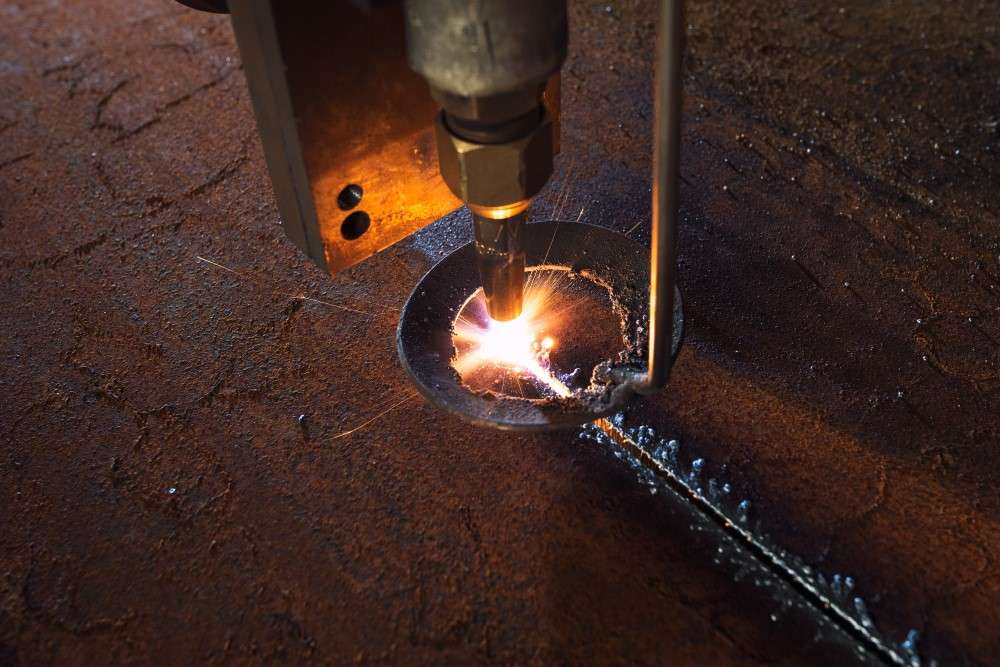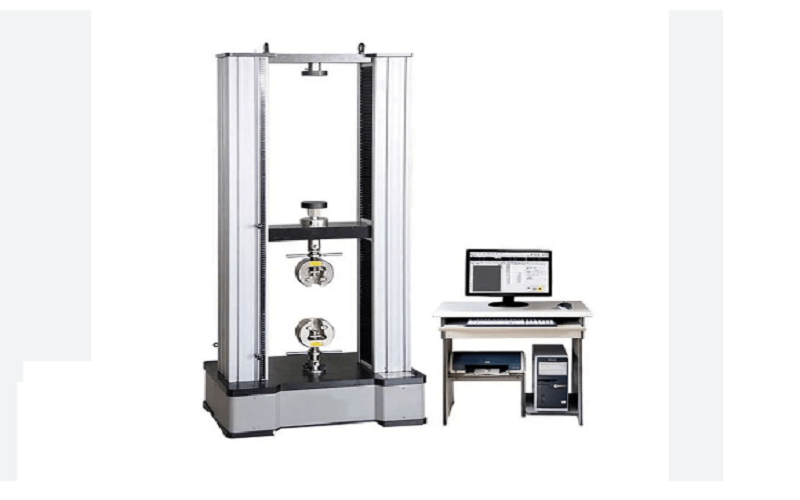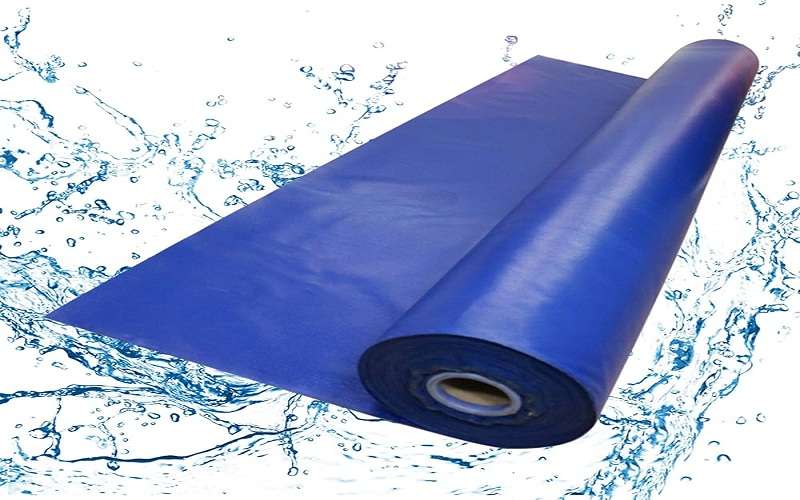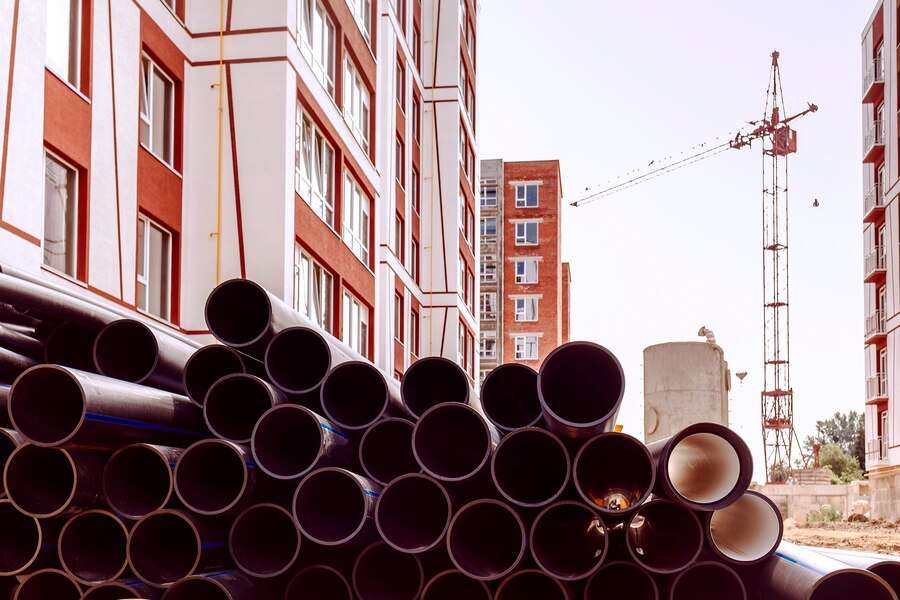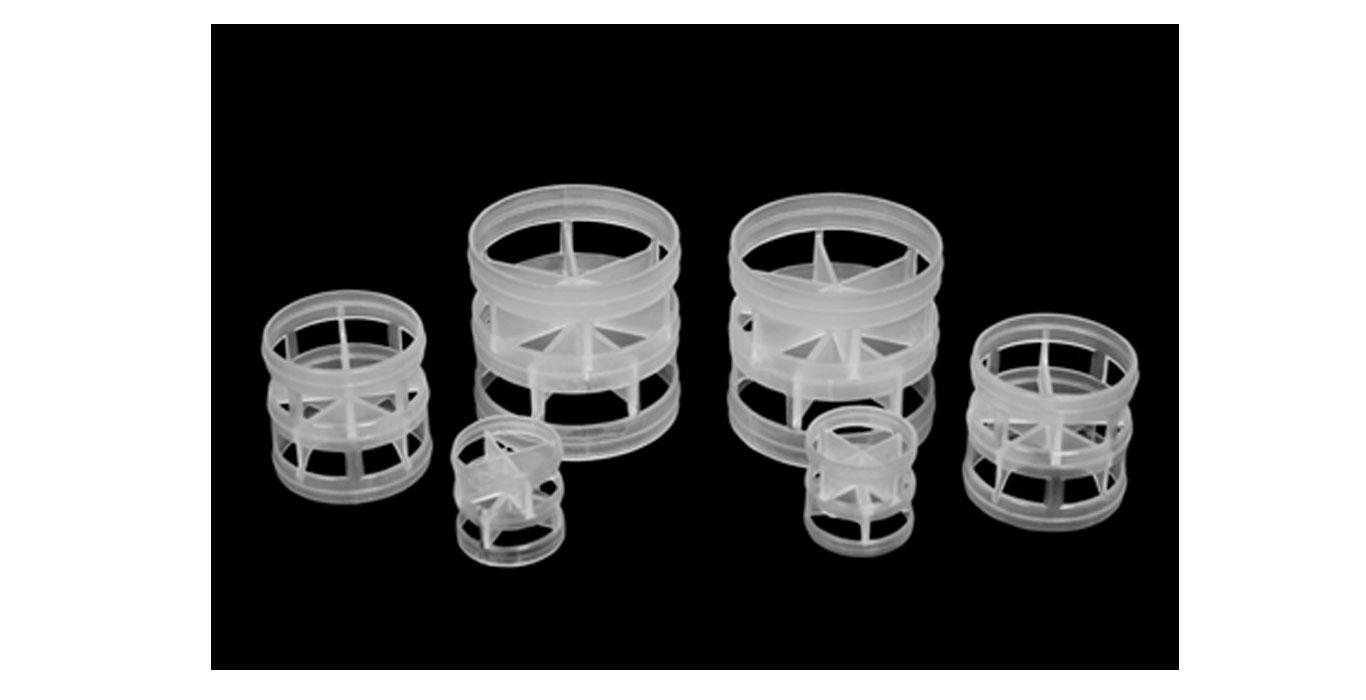Refractory materials are a standard choice for glass melters. These materials play a pivotal role in determining glass quality, energy efficiency, and manufacturing expenses. The evolution of refractory manufacturing techniques and the enhancement of product quality holds the potential to shape the future of glass melting technology.
Refractory fire clay brick:
Refractory bricks made from fire clay primarily consist of Al2O3, with Al2O3 content falling within the range of 30% to 45%. These bricks exhibit a density ranging from 1.7 to 2.4 G/cm3 and an apparent porosity ranging from 11% to 22%. They are most suitable for various areas within glass manufacturing furnaces, including the furnace base, the working pot’s sidewalls, lateral walls, the crown, the regenerator’s lower layers, and the fire chimney. The volume of these fire clay bricks expands as the temperature increases, but contracts once the temperature exceeds 1450°C.
Silica Bricks:
Silica bricks primarily consist of silicon dioxide (SiO2). For efficient use in glass melters, silica bricks must contain a SiO2 content of at least 94%. They should be capable of withstanding temperatures of approximately 1600-1650°C and possess a density of around 1.81-1.95g/cm3. The material should exhibit an apparent porosity of less than 22%, with lower apparent porosity indicating a higher-quality silica brick. In glass melters, these bricks are primarily employed for constructing the crown and breast walls.
Refractory High Alumina Bricks:
High alumina bricks, crucial in refractory applications, are primarily Al2O3-based. They typically contain 46% to 80% Al2O3 content. These bricks have a density of 2.55-3.0g/cm3, 18%-24% apparent porosity, and withstand temperatures of 1500° to 1650°C. Reduced apparent porosity enhances corrosion resistance. High alumina bricks find utility in cooling cell sidewalls, regenerator crowns, and regenerator walls.
Fused Cast AZS Bricks:
Fused Cast AZS Bricks come in three ZrO2 content types: 33%, 36%, and 41%. In glass melters, Zirconia Corundum bricks have 50% Al2O3 and 20% ZrO2. They feature bulk density of 3.4-4.0g/cm3, 1%-10% apparent porosity, and a maximum temp of 1700°C. They are commonly used for applications like melter side walls, breast walls, pavement blocks, ports, and tongues.
Refractory insulation bricks:
Refractory insulation bricks are essential for conserving energy and minimizing heat loss in glass melterswith low heat dissipation and thermal efficiency. Insulation is needed for components like the regenerator, melter, and working end on sidewalls, bottoms, crowns, and walls. These bricks are characterized by high apparent porosity, lightweight construction, and a bulk density under 1.3g/cm3. Insulation bricks with wider apparent porosity offer effective thermal insulation due to poor heat transfer in air. Various types are available, including fire clay, silicon, and high alumina insulation bricks, with higher apparent porosity providing better insulation.
Refractory Mullite Bricks:
Mullite refractory bricks, mainly composed of Al2O3 with an approximate content of 75%, are often referred to as mullite bricks due to their predominantly mullite crystal composition. These bricks exhibit a density ranging from 2.2 to 3.2g/cm3, an apparent porosity ranging from 1% to 12%, and a maximum operating temperature between 1500 and 1700 degrees Celsius. Sintered mullite is commonly used for regenerator sidewalls, while fused mullite finds application in cooling tower sidewalls, observation holes, and wall stacks.
Refractory Alkaline Materials:
Alkaline refractory materials, including magnesia, aluminum magnesia, magnesia chrome, and forsterite bricks, have refractoriness in the range of 1900 to 2000 degrees Celsius, coupled with exceptional resistance to alkaline compounds. They are commonly employed in the upper wall of glass melter regenerator, regenerator walls, regenerator checkers, and port structures.
On the other hand, an Elevator Furnace’s key feature is its vertical load movement using an elevator mechanism, enabling precise positioning during various temperature zones and treatments. An Elevator Furnace typically undergoes the following sequence of actions:
- Loading: Workpieces are placed on the elevator outside the furnace.
- Heating: The furnace reaches the treatment temperature.
- Vertical Movement: The elevator moves the load through different temperature zones.
- Heat Treatment: Workpieces are held at each zone for required heat treatment.
- Unloading: After treatment, the elevator lowers for workpiece removal for further processing.
A comprehensive array of refractory materials plays a crucial role in glass melters, impacting glass quality, energy efficiency, and production costs. As refractory manufacturing techniques advance, the future of glass melting technology holds promise. Simultaneously, elevator furnaces offer precision in heat treatment processes, enabling controlled and efficient vertical movement for workpieces through varying temperature zones. These technological developments contribute to the optimization of glass manufacturing processes, enhancing quality and sustainability.






